Evolution in SAR: new technology by Galileo that will bring search and rescue operations to a new level

In January 2020, Galileo, the European GNSS, took a step forward in the development of SAR technologies - it introduced the Return Link Service (RLS), which allows the user of an activated emergency beacon to get confirmation that his distress signal was received by the rescue services.
However, technology does not stand still, and as an evolution of Return Link Service, Galileo has developed a new one - the Two-Way Communication (TWC) Service for Cospas-Sarsat beacons.
Thanks to this innovation, it will be possible to exchange messages between the user of the activated distress beacon and the RCC (rescue coordination center). Rescue operations will become more efficient in terms of their management and costs.
What are the prerequisites for creating a TWC messaging service, who are its developers and when it can be put into operation - we will talk about all this in our article.
Galileo RLS as a basis for further evolutions
SAR/Galileo Return Link is a Galileo unique feature. It is based on the newest global constellation of MEOSAR satellites. The MEOSAR system is fully integrated with the Cospas-Sarsat network, bringing to it unprecedented speed and accuracy in detecting distress signals.
Return Link Service is available worldwide for RLS-enabled beacons. Emergency beacons equipped with such a feature are able to receive feedback from rescue services in the form of a light indication on the beacon display - Return Link Message (RLM). RLM is an automatic acknowledgement message returned to the sender, which means that his/her alert has been detected and located by the system. This will help calm users down by reducing their panic level.
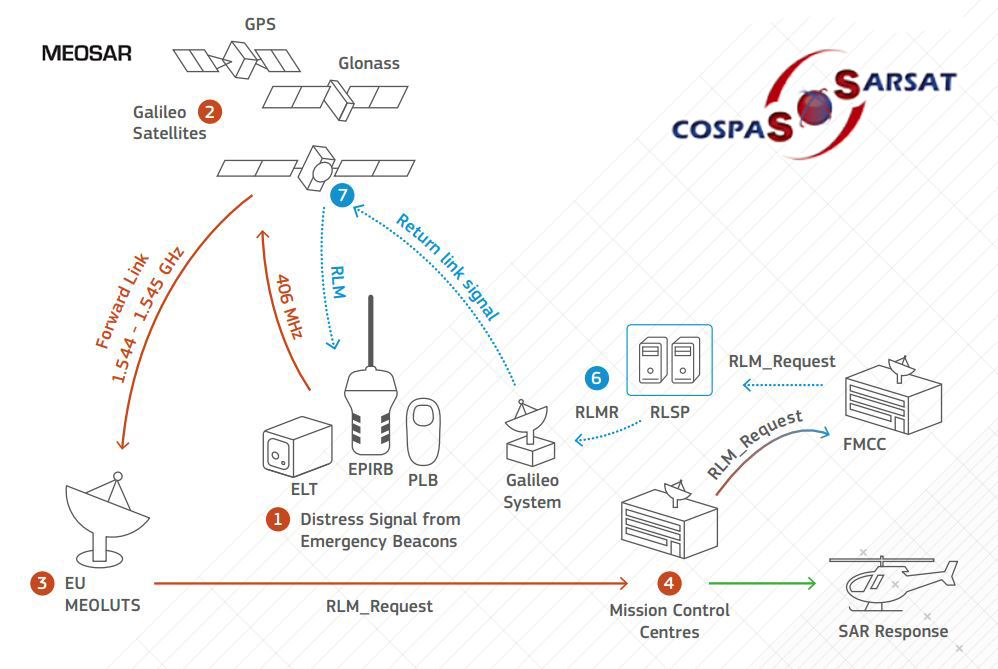
The Cospas-Sarsat MEOSAR system. Source: https://www.cospas-sarsat.int
The service we are considering is based on the Galileo Return Link Message.
Two-Way Communication (TWC) Service and its prospects
According to available statistics, the rate of false alerts in the Cospas-Sarsat system is currently about 90%. If the activation of the beacon was unintentional or circumstances have changed and the beacon user is no longer in a life-threatening situation, it is impossible to cancel the process started within the SAR operating chain.
More precisely, it is not yet possible, but in the foreseeable future such an opportunity can appear thanks to the Two-Way Communication (TWC) service. The service will allow the user of a compatible emergency beacon to exchange messages with rescue teams using predefined questions and answers.
The messaging concept implies the use of SAR/Galileo Forward Link and SAR/Galileo Return Link. Forward link messages contain beacon answers addressed to the RCC, and the return link messages contain the RCC questions or instructions to be delivered to the activated beacon.
When a user in distress activates his/her beacon, the beacon's screen displays 3 initial questions that the user should answer. These answers, along with the alert message, are sent to the RCC. In response, the RCC operator sends to the activated beacon relevant questions with answer options, as well as pre-defined instructions “how to react". The Return Link Service is used for these purposes.
TWC service latency. Source: https://data.consilium.europa.eu
Thus, this messaging service can help both sides of the rescue operation by providing direct communication between them:
- persons in distress can get better situational awareness as well as instructions from the RCC operator;
- the RCC team can gather information (the nature of distress including false alert confirmation; the number of people to be rescued; how urgent the situation is, etc.) to manage the rescue operation more efficiently.
Also, the service can help reduce the rate of false alerts mentioned above and, therefore, avoid unnecessary mobilization of rescue resources.

Source: https://data.consilium.europa.eu/doc/document/ST-8026-2022-INIT/x/pdf
TWC Service Development, SERENITY Project
The development of the TWC service was initiated by the European Commission as an evolution of the Return Link Service. It entrusted a number of companies to develop a prototype of a TWC-enabled beacon and a platform for demonstrating this service so that they are fully integrated into the existing Cospas-Sarsat system. These companies form the SERENITY consortium which includes Telespazio France, CNES, Thales Alenia Space France, Orolia, and Pildo Labs.
In January 2021, the SERENITY project was launched. Eighteen months (later extended to 22 months) were allocated for the implementation of the tasks set. The team started by conducting a study of the needs of users (beacon users and SAR services) so that the service meets their requirements. According to the objectives defined for the TWC service, the beacon being developed should be a Second Generation C/S beacon (SGB). Only with beacons of this type, MEOSAR will ensure full compatibility.
On October 1, 2022, the first demonstration of the SAR/Galileo Two-Way Communication Service with the operational chain and French SAR forces took place. The test drive of the service using the new Orolia SAR beacon was successful. Valuable technical and operational feedbacks were received from the participants of the demonstration (EC, SAR forces, SERENITY consortium) to consolidate the service.
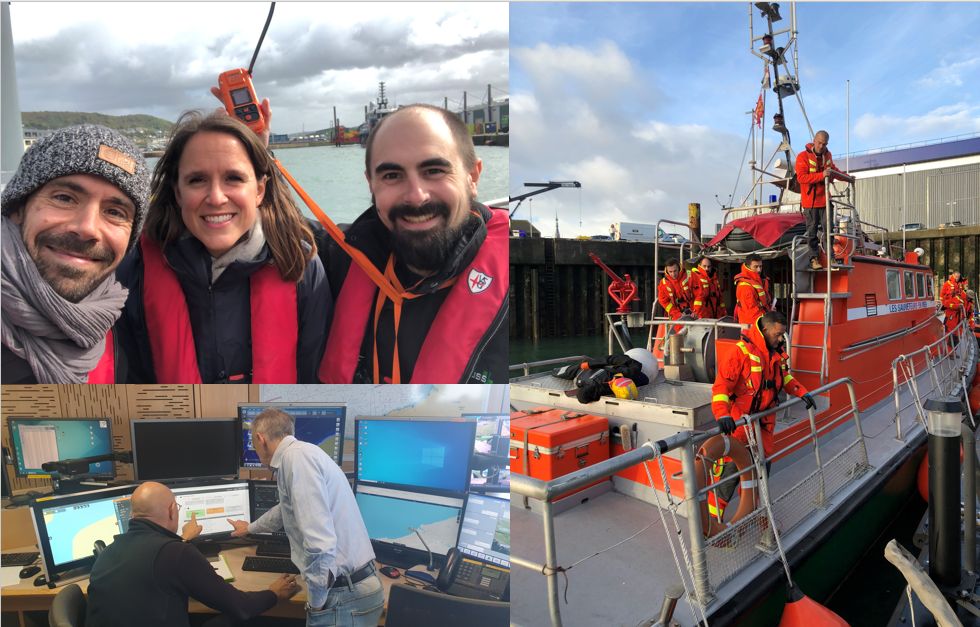
End-to-end service demonstration. October 1, 2022. Photo by TELESPAZIO FRANCE
To demonstrate the TWC service, a prototype of a Personal Locator Beacon (PLB) was developed, but the basic requirements should be adapted to all types of beacons, including EPIRBs and ELTs.
A SGB TWC beacon prototype. Source: https://data.consilium.europa.eu
On November 16-18, 2022, the demonstration results were presented by the European Commission at the Open Meeting of the 67th session of the Cospas-Sarsat Council (CSC-67/OPN), which resulted in the creation of a correspondence working group on the TWC implementation (C/S CWG TWC).
This working group, taking up the endeavor initiated by SERENITY, started implementing this service. Its task is to prepare the relevant documents for C/S and IMO for the legislative consolidation of this service.
Legislative framework for the new service in the maritime sector
In May 2023, a meeting of the IMO Maritime Safety Committee (MSC 107) was held where it was agreed to develop guidelines for EPIRBs which introduce the TWC service through Return Link service. They will be considered as a complement to the performance standards for EPIRBs set out in resolution MSC.471(101) Performance standards for float-free emergency position-indicating radio beacons (EPIRBs) operating on 406 MHz.
* * *
The SAR community has high hopes for the TWC service: more lives will be saved and more SAR resources will be saved!
However, according to the developers, the final implementation of the TWC service will take time. Well, it is so worth the wait.
By Olga Davydova

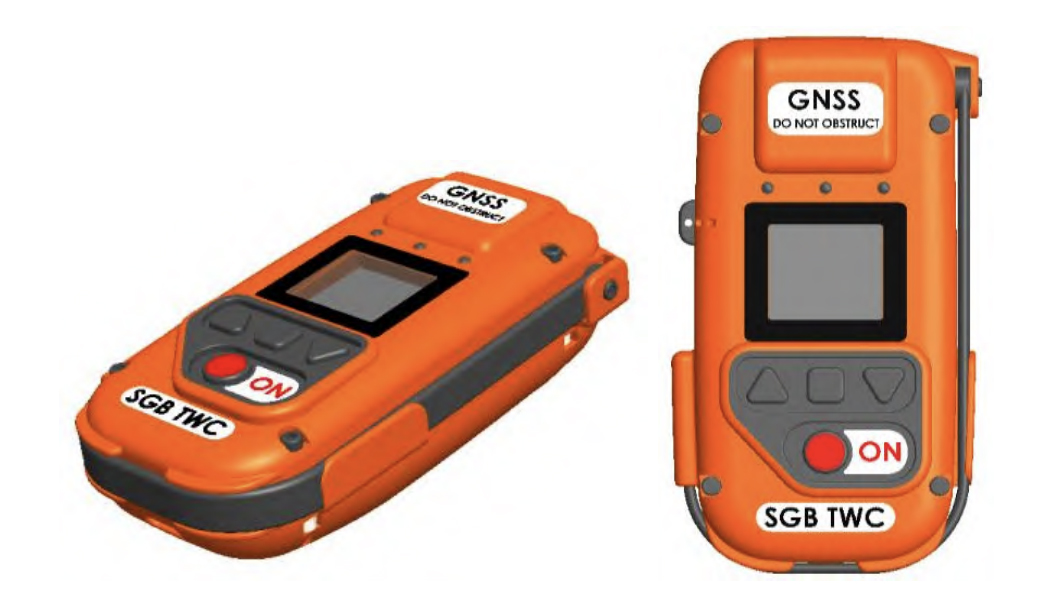

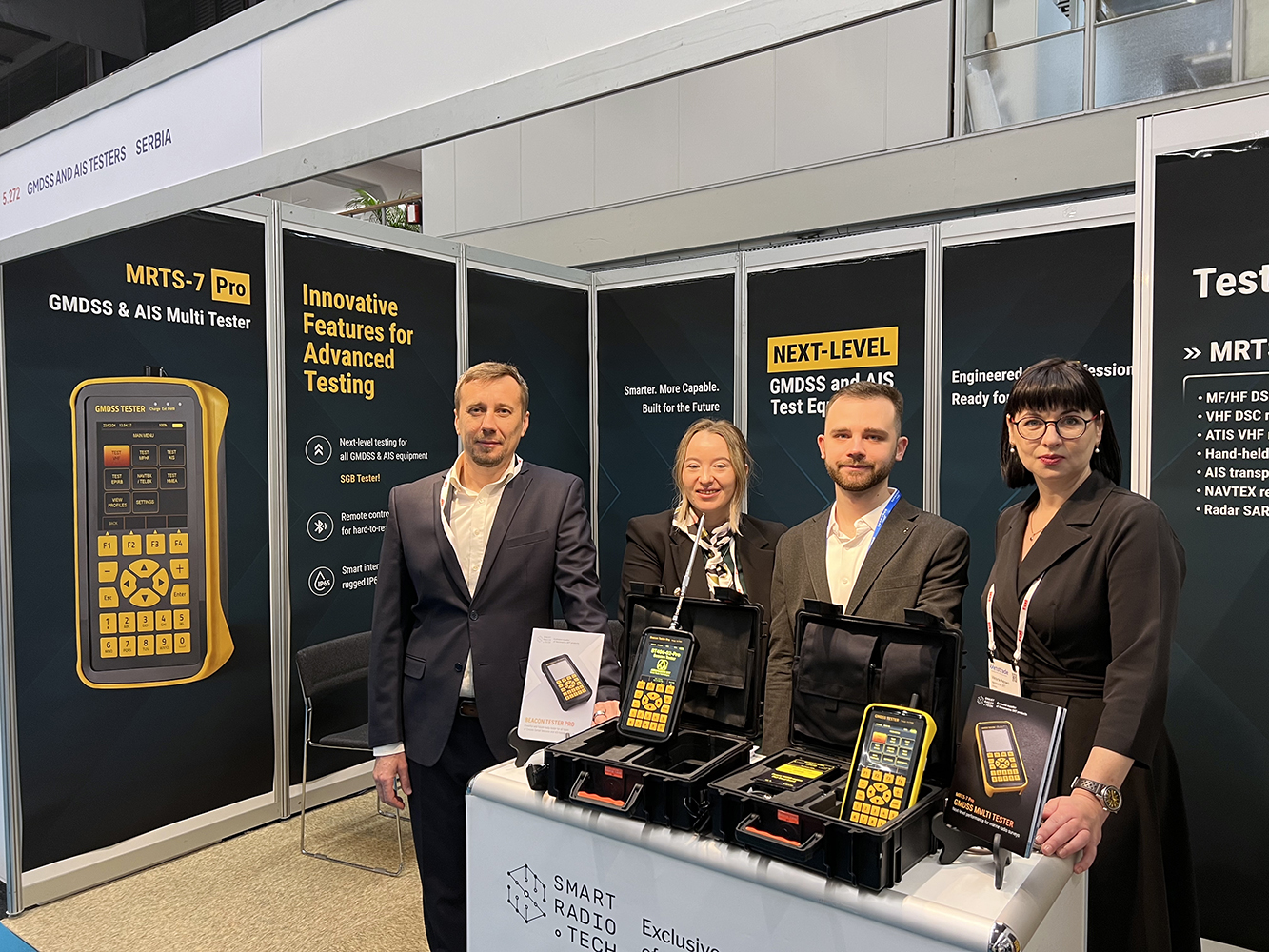
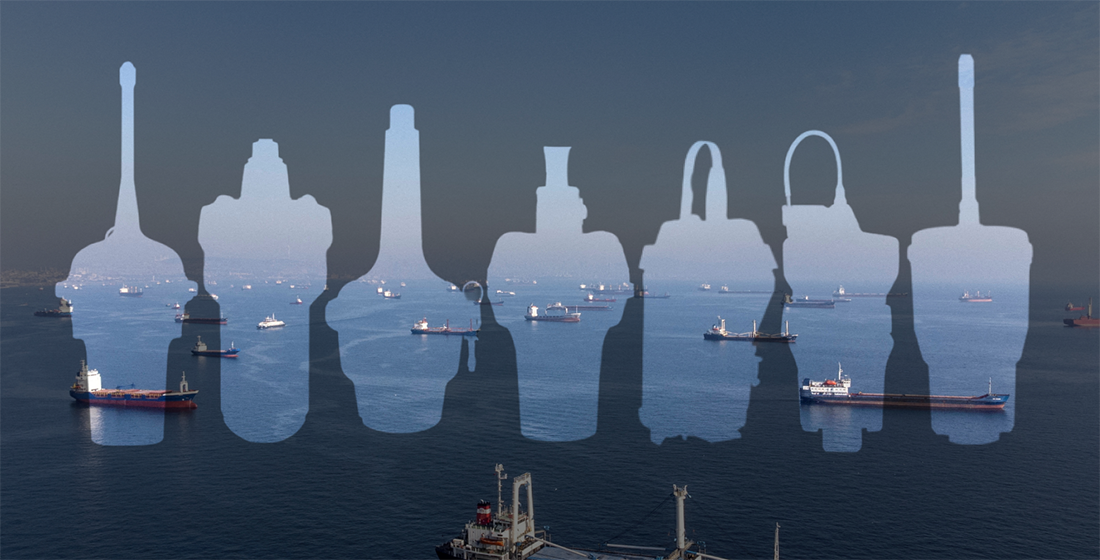
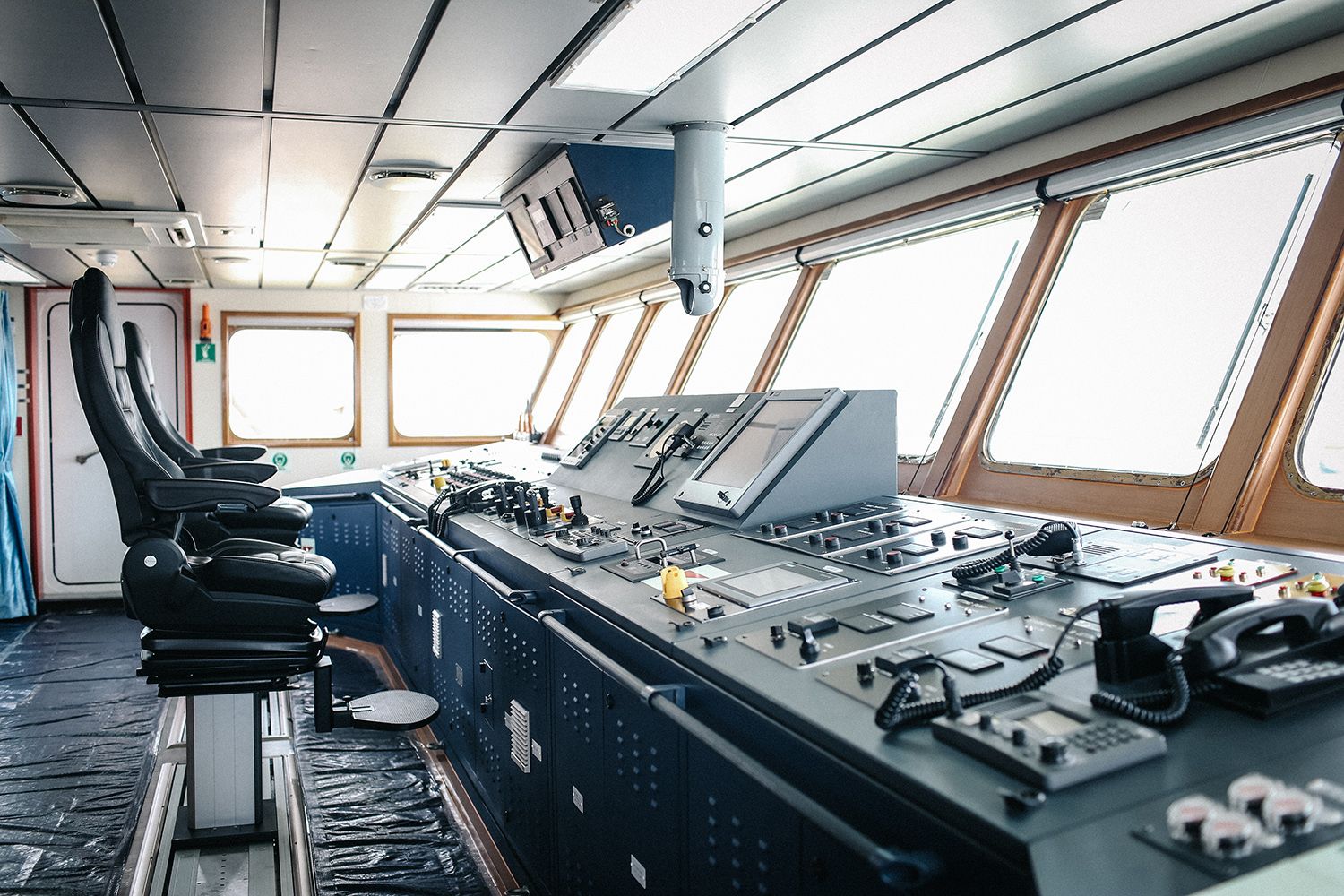

Be the first to comment